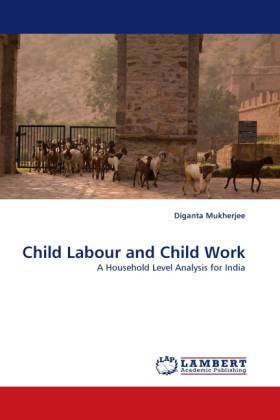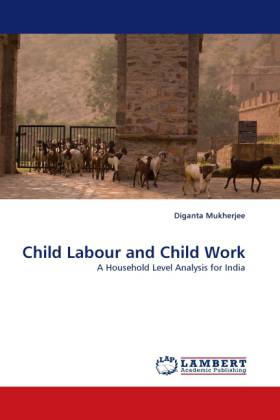
- Afhalen na 1 uur in een winkel met voorraad
- Gratis thuislevering in België vanaf € 30
- Ruim aanbod met 7 miljoen producten
- Afhalen na 1 uur in een winkel met voorraad
- Gratis thuislevering in België vanaf € 30
- Ruim aanbod met 7 miljoen producten
Zoeken
Child Labour and Child Work
A Household Level Analysis for India
Diganta Mukherjee
Paperback | Engels
€ 77,95
+ 155 punten
Omschrijving
Both child labour and child work are serious problems as both lead to the denial of normal childhood. Early start to work life imparts training through hands-on experiences but excessive engagement impacts adversely on physical and mental development. In case of child work there is not even any economic recognition for the deprived child and here, especially for the female children, gross engagement in domestic chores often obstruct normal grooming. Academic literature concentrates excessively on child labour and this dormant issue of child work is under-attended. This book analyses (a) the socio-economic determinants of supply of child labour and harm due to child work and (b) measurement of harm for both child labour and child work. Data from the NSSO surveys from 1999-2000 and 2004-2005 are used for this analysis. We find that investment in schooling leads to increased return in job-market. Educated parents appreciate this incremental benefit better than the illiterate parents. Extent of social harm from child work is much higher than child labour alone and this difference bears serious gender implications. We conclude by indicating the policy implications of these findings.
Specificaties
Betrokkenen
- Auteur(s):
- Uitgeverij:
Inhoud
- Aantal bladzijden:
- 436
- Taal:
- Engels
Eigenschappen
- Productcode (EAN):
- 9783838331287
- Verschijningsdatum:
- 19/05/2010
- Uitvoering:
- Paperback
- Formaat:
- Trade paperback (VS)
- Afmetingen:
- 152 mm x 229 mm
- Gewicht:
- 635 g

Alleen bij Standaard Boekhandel
+ 155 punten op je klantenkaart van Standaard Boekhandel
Beoordelingen
We publiceren alleen reviews die voldoen aan de voorwaarden voor reviews. Bekijk onze voorwaarden voor reviews.











